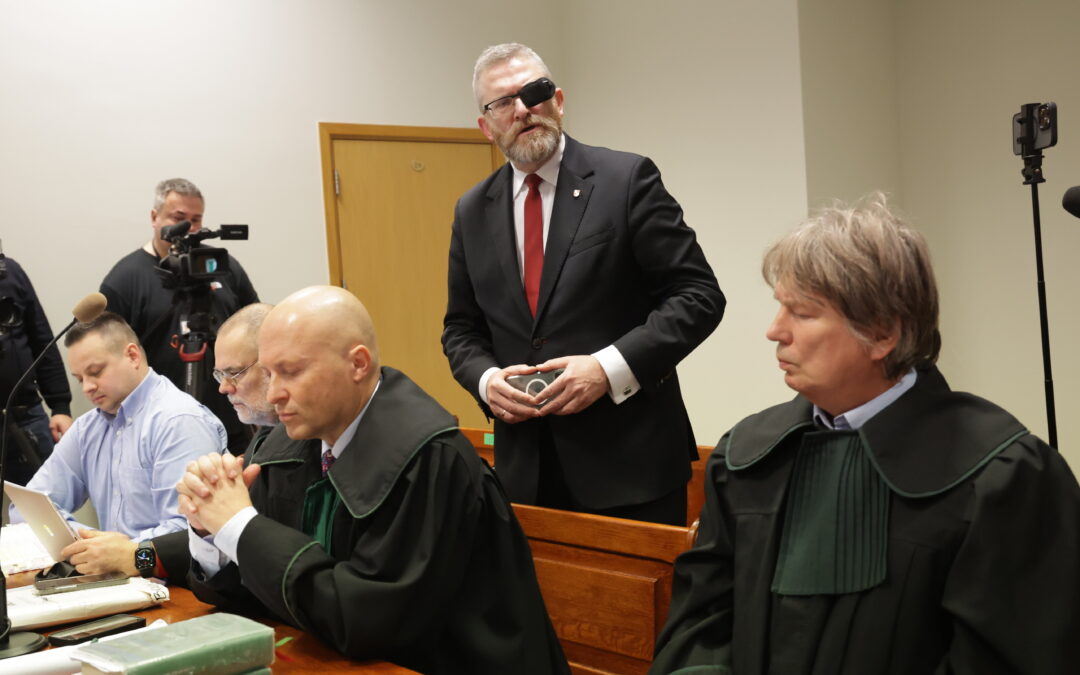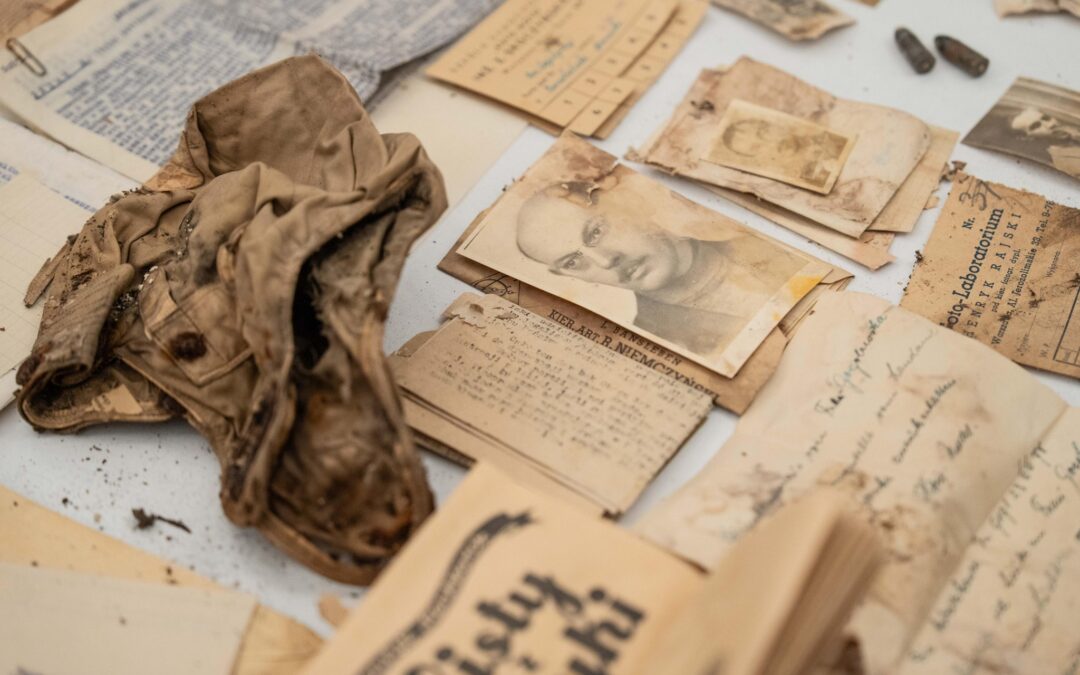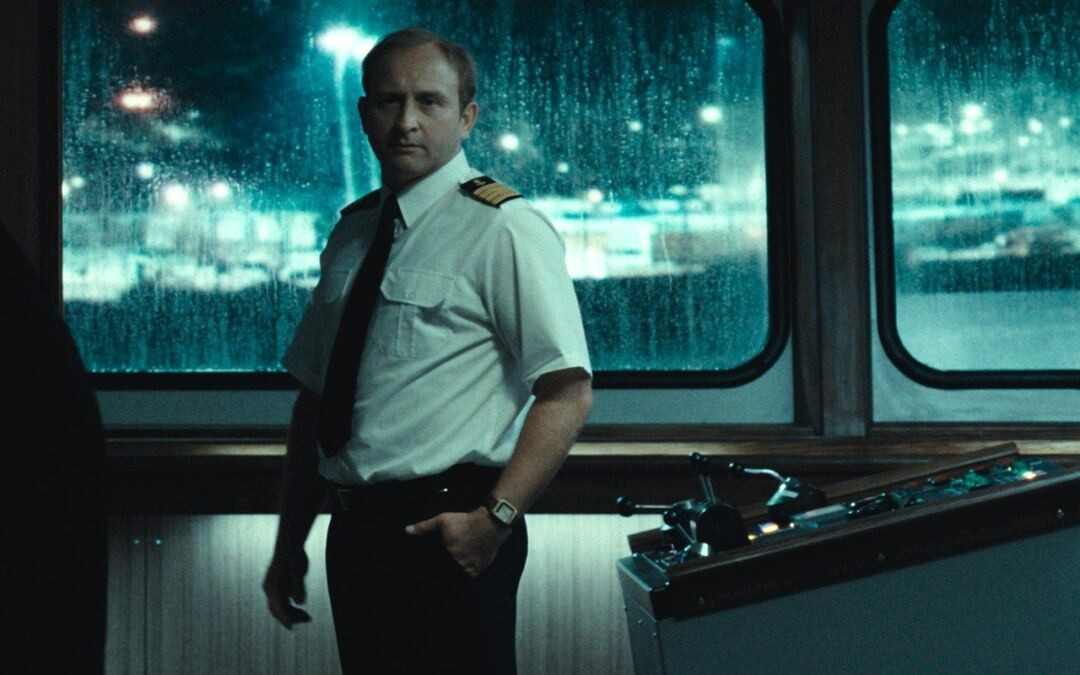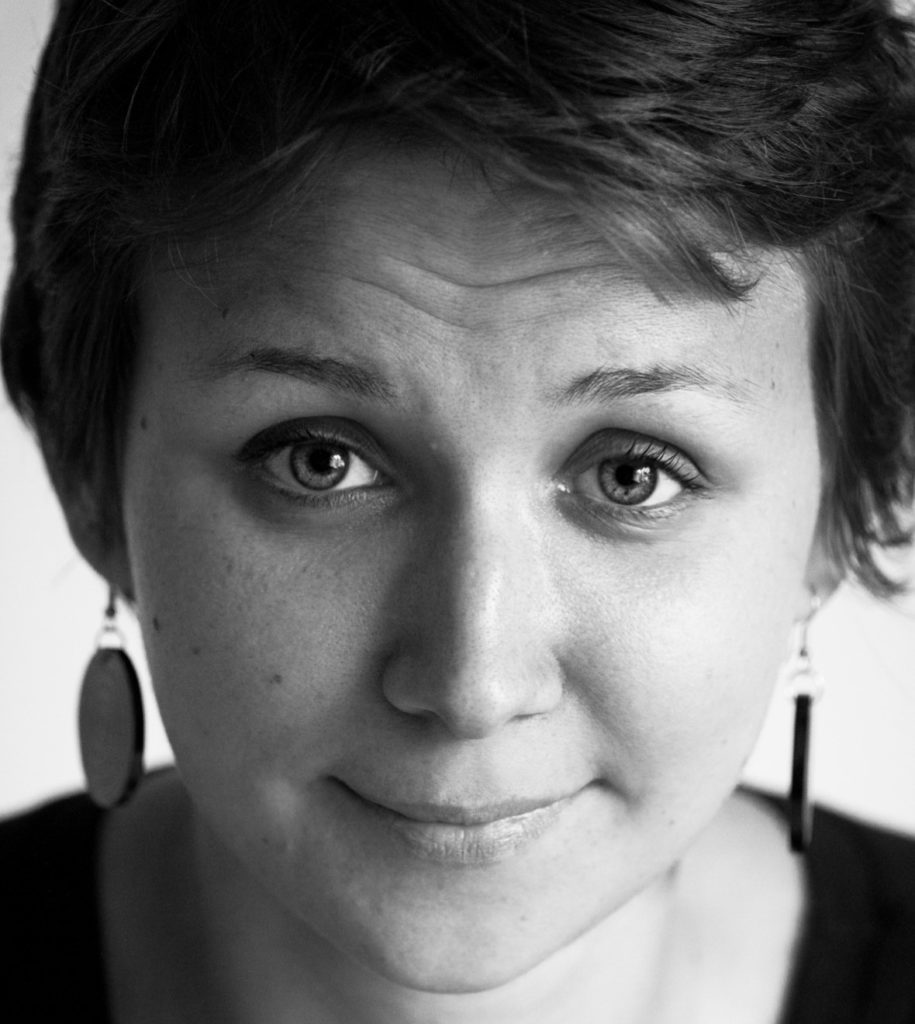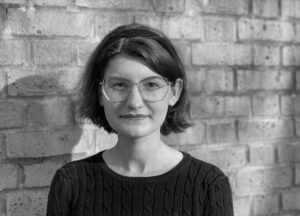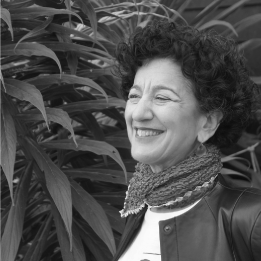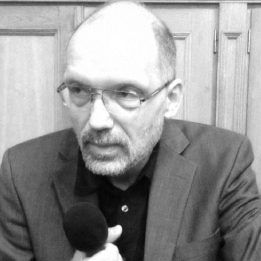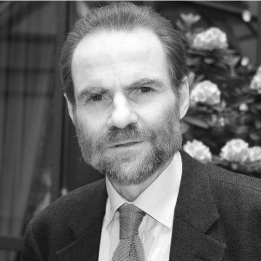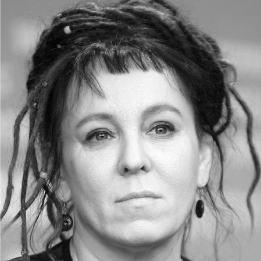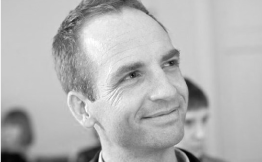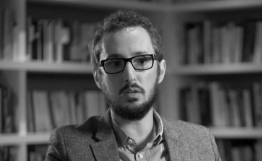Keep our news free from ads and paywalls by making a donation to support our work!

Notes from Poland is run by a small editorial team and is published by an independent, non-profit foundation that is funded through donations from our readers. We cannot do what we do without your support.
The remains of four victims of a German-Nazi concentration camp for Polish children – one of them a 12-year-old girl who died after being beaten by a guard – have been found in the city of Łódź by Poland’s state Institute of National Remembrance (IPN).
The four victims – Teresa Jakubowska, Stanisław Kurek, Janos Duka and Leon Marczawa – were among thousands of Polish children held prisoner in Kinder-KZ Litzmannstadt (meaning “Children’s Concentration Camp Litzmannstadt”, the latter being the German name for Łódź).
🟥 Na cmentarzu św. Wojciecha w Łodzi odkryto szczątki dzieci – ofiar Polenjugendverwahrlager der Sicherheitspolizei in Litzmannstadt (niemieckiego obozu dla dzieci i młodzieży) przy ul. Przemysłowej w Łodzi.
▶️ https://t.co/opRoYbFaZb pic.twitter.com/aQeB9bMg4p
— Poszukiwania IPN (@PoszukiwaniaIPN) April 3, 2025
The camp was established by the German occupiers in December 1942 on the edge of the ghetto that had already been created for Jews in Łódź. Prisoners at the Kinder-KZ, however, were non-Jewish Poles, ranging in age from infants up to 16 (after which they were transferred to adult camps).
Many of the children were taken there as a punishment for their parents being discovered to have been members of the Polish underground resistance.
Those kept in the camp were used as slave labourers, while those deemed to have “Aryan” features were selected for forced transport to the German Reich, where they were adopted and raised as Germans.
A museum dedicated to the camp and its victims estimates that 2,000 to 3,000 children were held prisoner at various times. Almost 200 of them died there due to hunger, disease, exhaustion and brutal treatment by guards.
The IPN, which is tasked with investigating and documenting Poland’s brutal 20th-century history, has led efforts to locate the burial sites of victims of the camp. On Thursday, it announced that it had found the remains of four victims of the camp, who they believe to be Jakubowska, Kurek, Duka and Marczawa.
Jakubowska was just 12 years old when she was beaten during a roll call by Sydonia Bayer, the head of the girls’ section of the camp, and then had cold water poured over her. She died of her injuries soon after.
Kurek, Duka and Marczawa – aged between 14 and 15 years old – died of exhaustion and disease in the boys’ section of the camp. The remains of all four children will now undergo further examination, including genetic testing, to confirm their identities.
An exhibition commemorating Polish children who died under Nazi German and Soviet occupation during WWII has been opened in Poland’s parliament.
The culture minister wants it to also be shown in European institutions https://t.co/r2F2dAQEqk
— Notes from Poland 🇵🇱 (@notesfrompoland) August 31, 2023
The IPN has so far discovered the remains of 16 children from the camp who were buried at a Catholic cemetery located on what is now Kurczaki Street. It has done so through a combination of burial records from the cemetery and death certificates issued at the camp.
Once they find a suspected burial site within the cemetery, the IPN must seek permission from the families of people buried in subsequent graves above or around the children’s remains before carrying out any exhumation work.
“The tragic history of these children means that most owners of later graves agree to the temporary exhumation of their loved ones, although there are also refusals,” said IPN historian Krzysztof Latocha, quoted by the Gazeta Wyborcza daily.
The camp closed in January 1945, after its guards fled amid Germany’s military collapse. Bayer, who was known for her particularly cruel, and often deadly, treatment of prisoners, was arrested in March that year and sentenced to death by a Polish court for the murder of Jakubowska and another girl, Urszula Kaczmarek.
The German government has approved the establishment in Berlin of an institution commemorating Polish victims of Nazi Germany.
It says that the enormous suffering of Poles under German occupation "is still not well known" among Germans today https://t.co/gThmPLNWCh
— Notes from Poland 🇵🇱 (@notesfrompoland) June 27, 2024

Notes from Poland is run by a small editorial team and published by an independent, non-profit foundation that is funded through donations from our readers. We cannot do what we do without your support.
Main image credit: IPN

Daniel Tilles is editor-in-chief of Notes from Poland. He has written on Polish affairs for a wide range of publications, including Foreign Policy, POLITICO Europe, EUobserver and Dziennik Gazeta Prawna.

